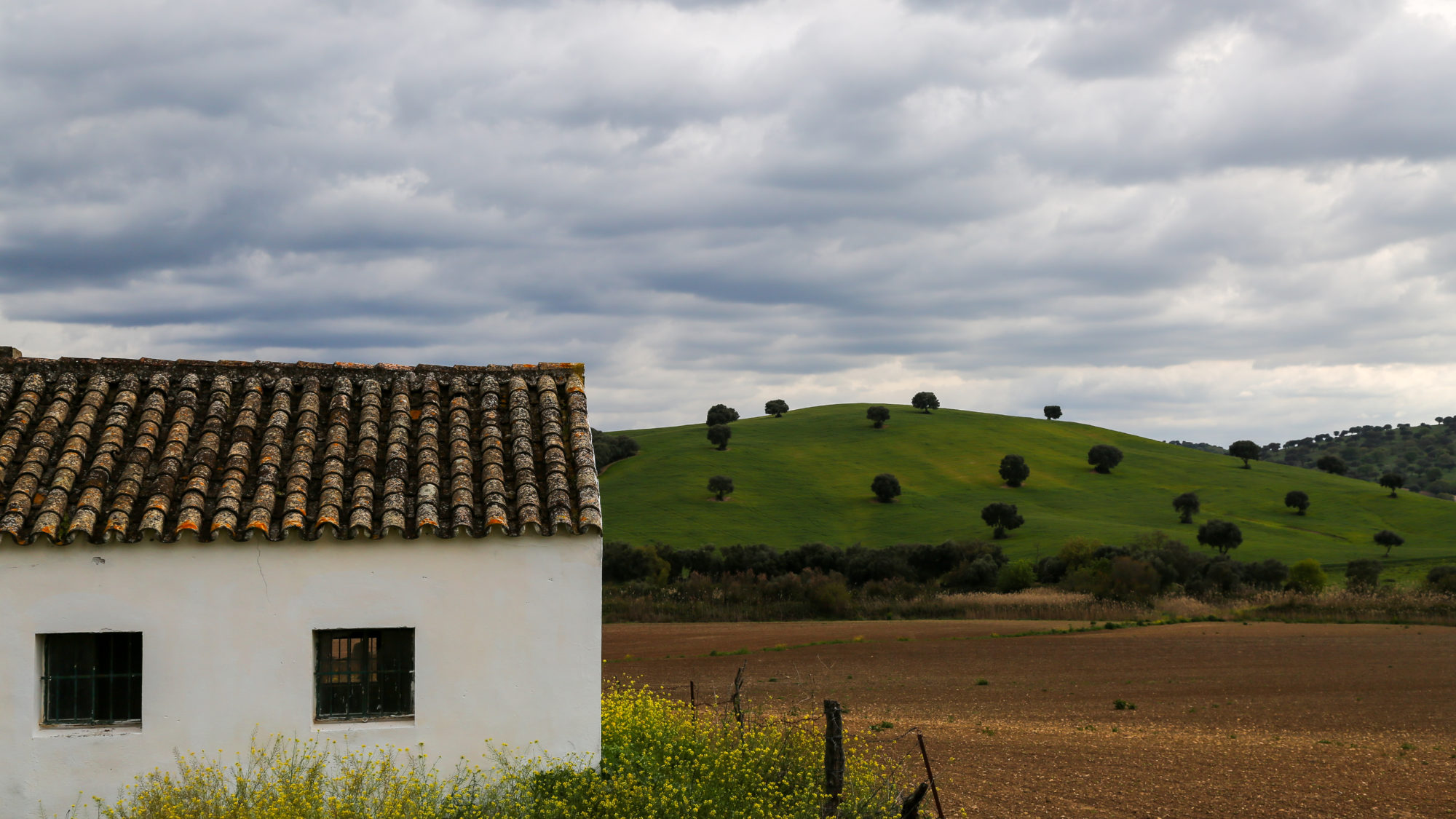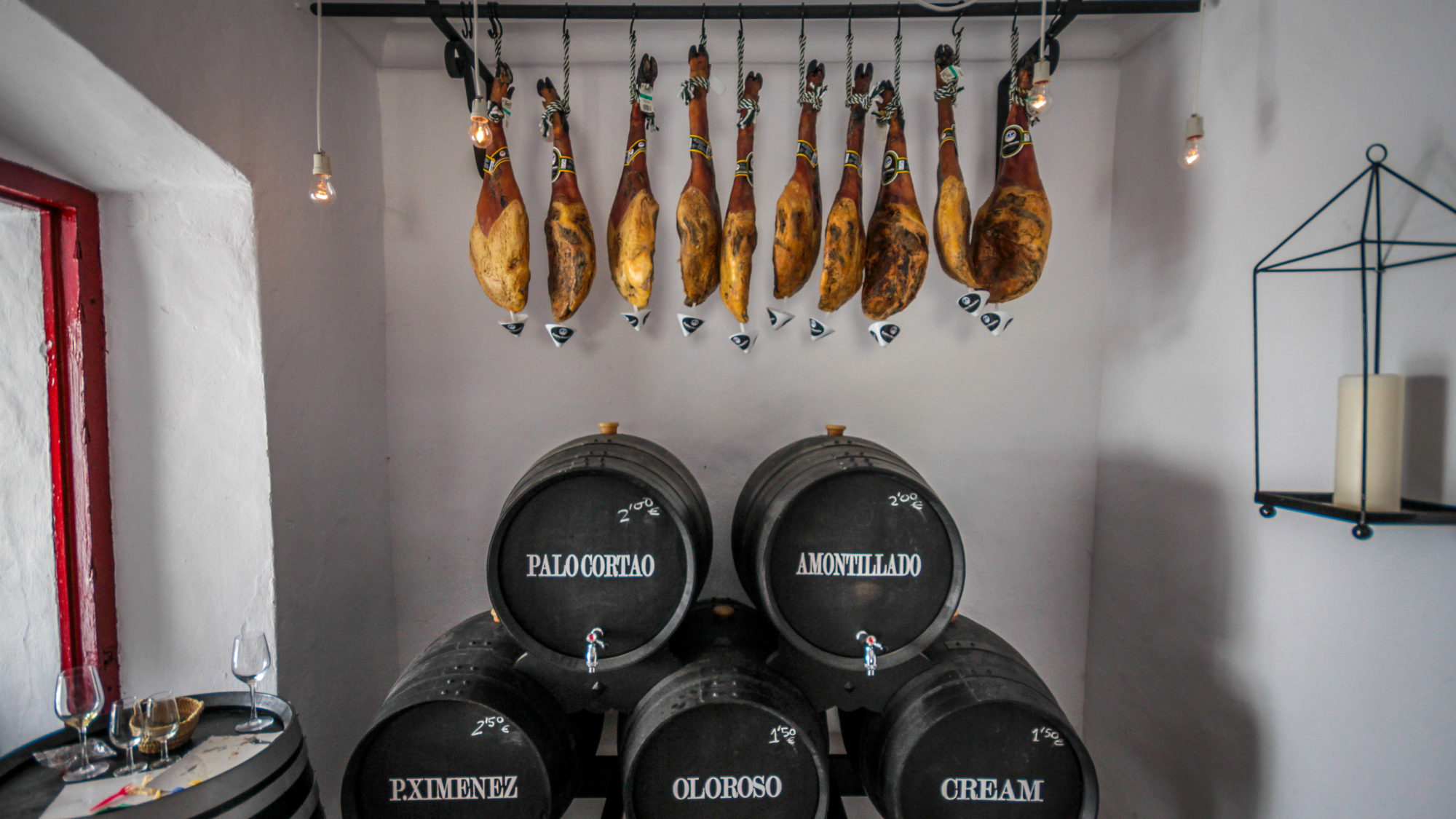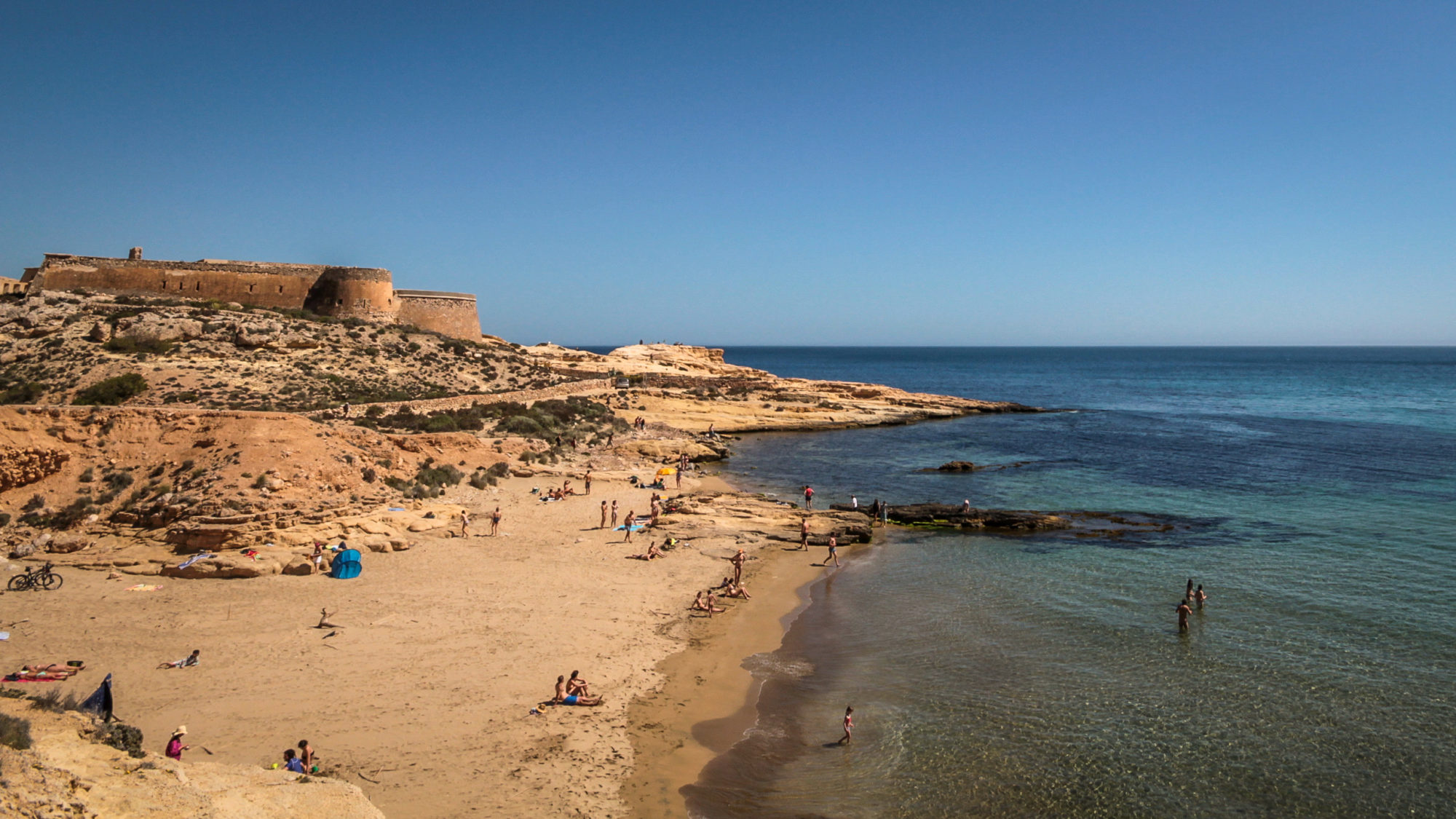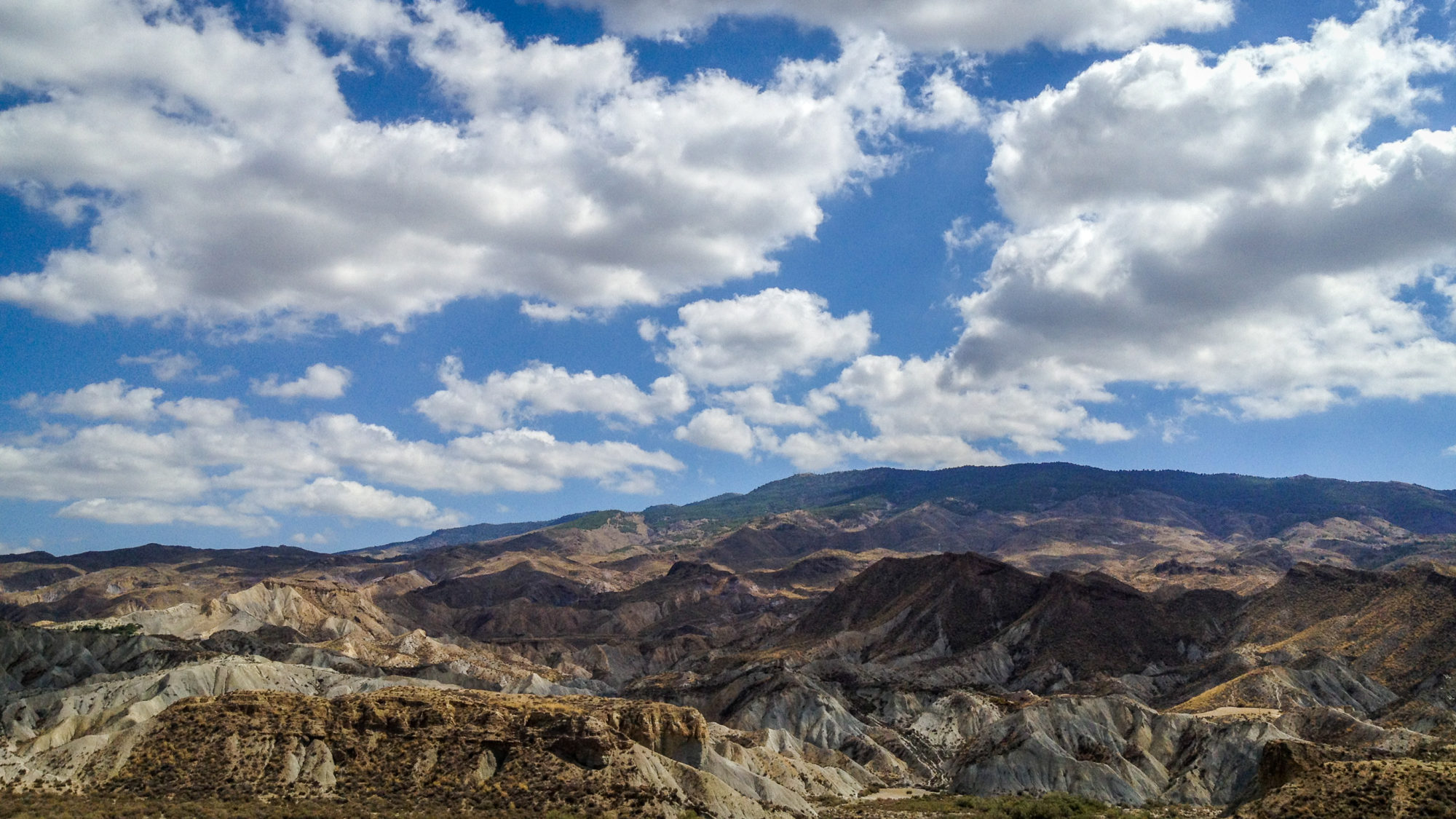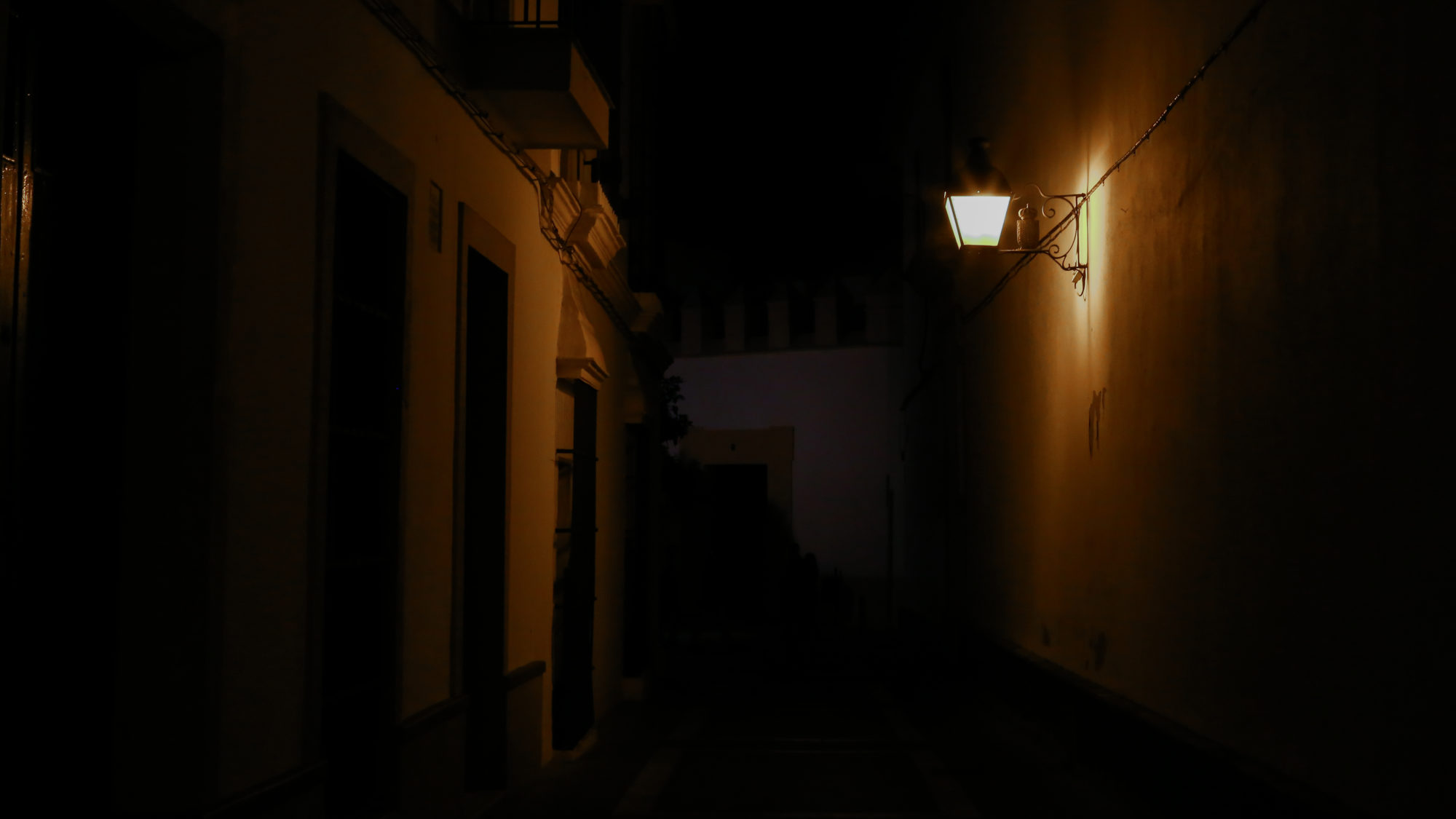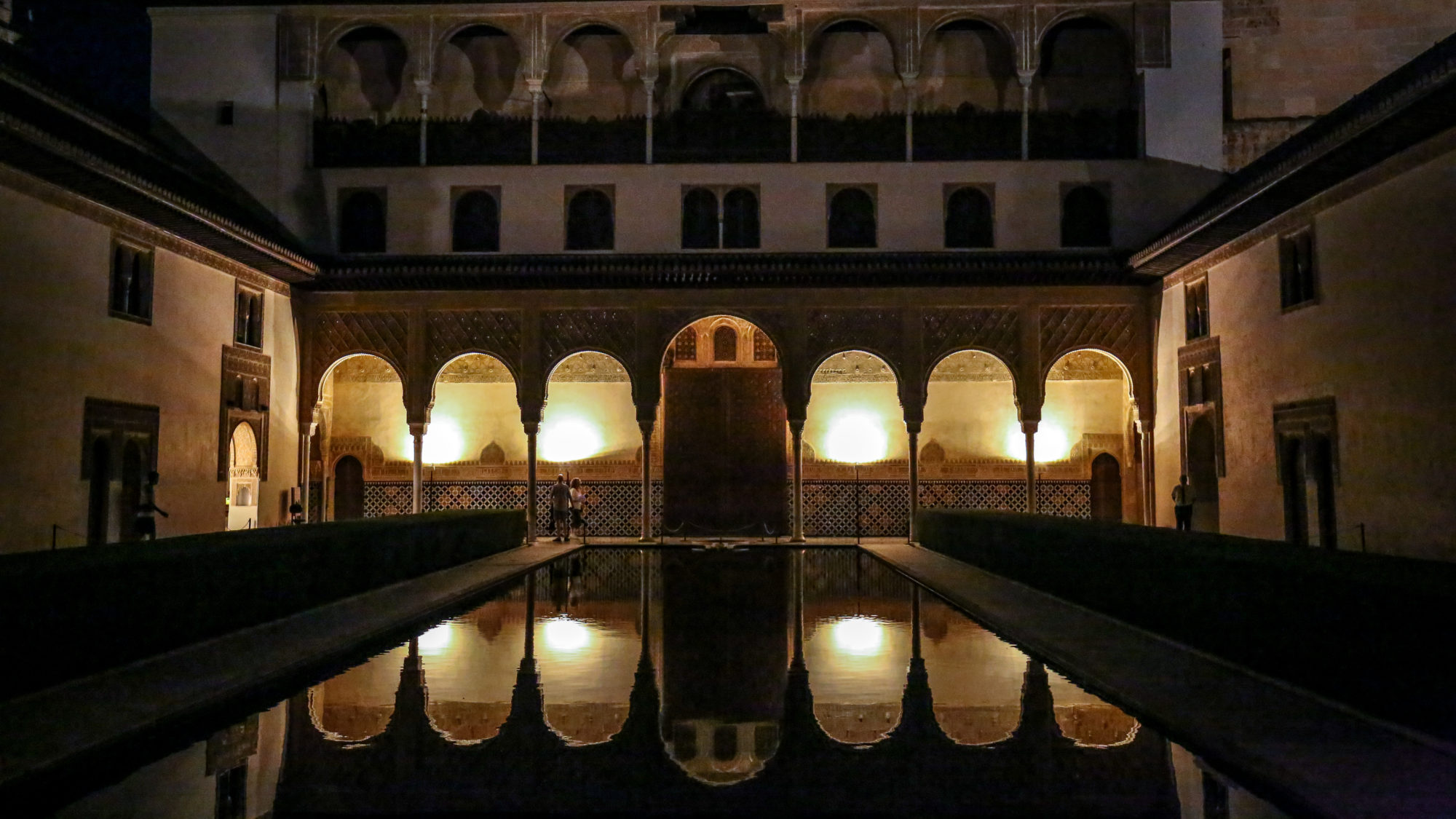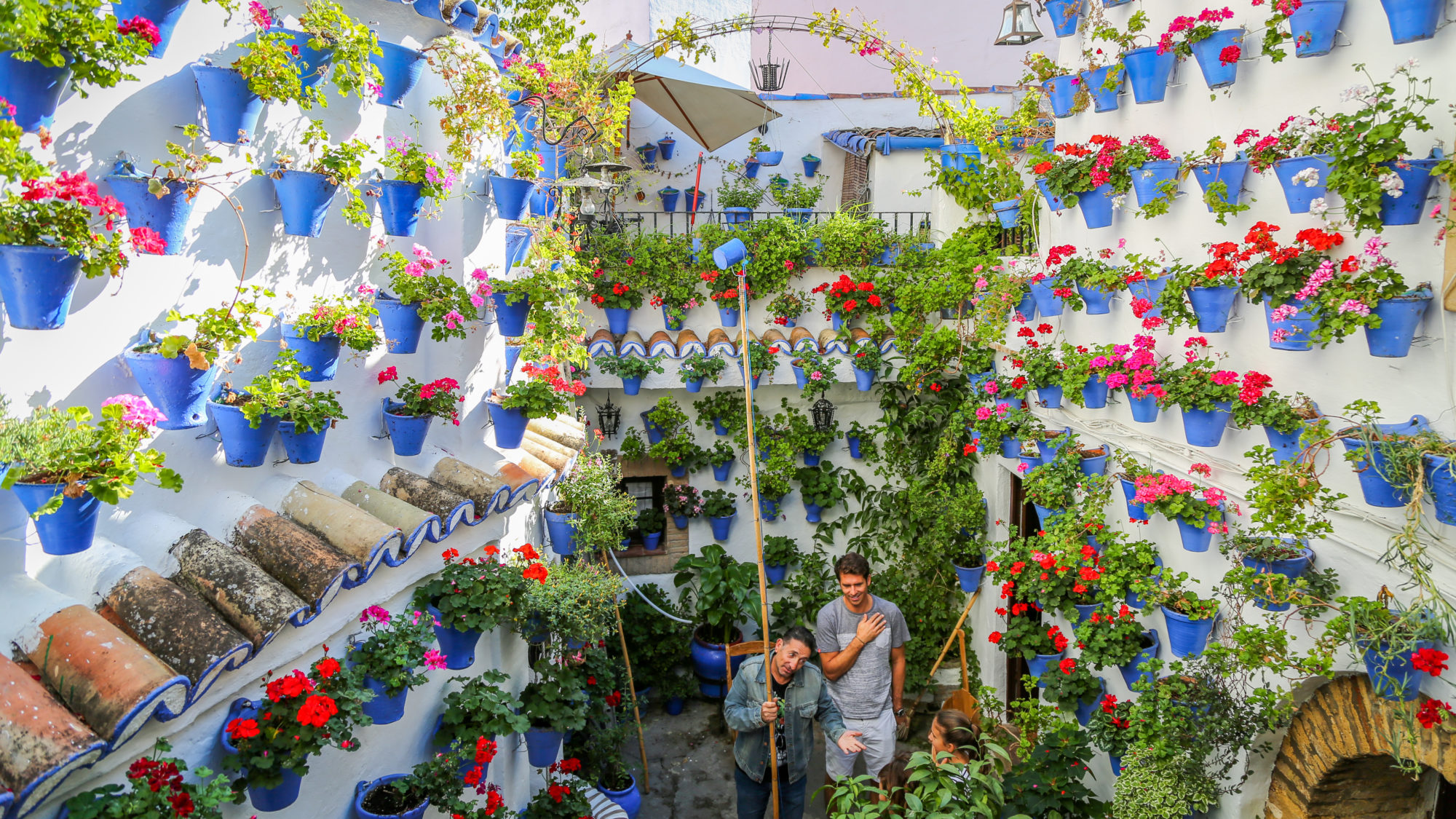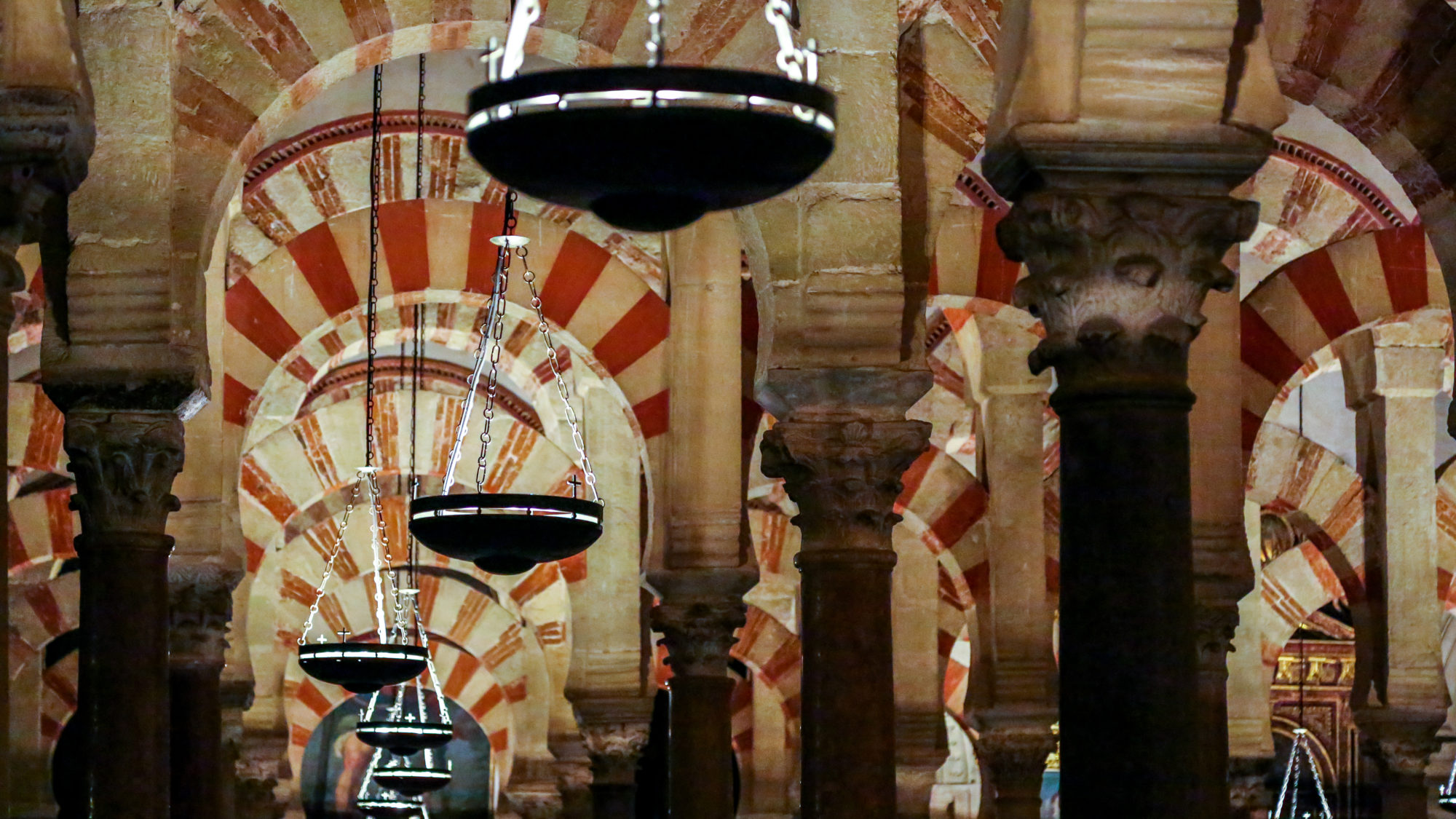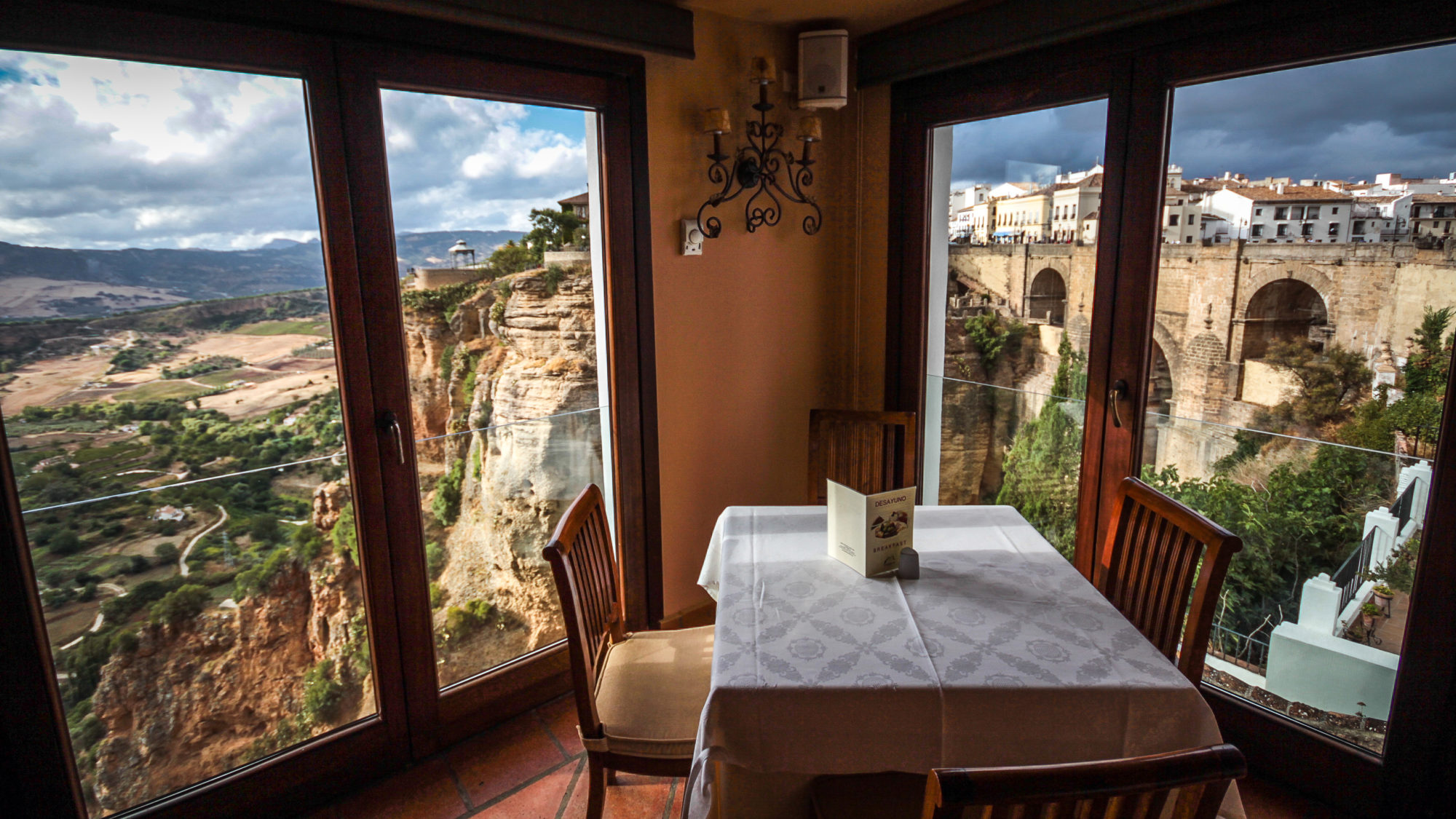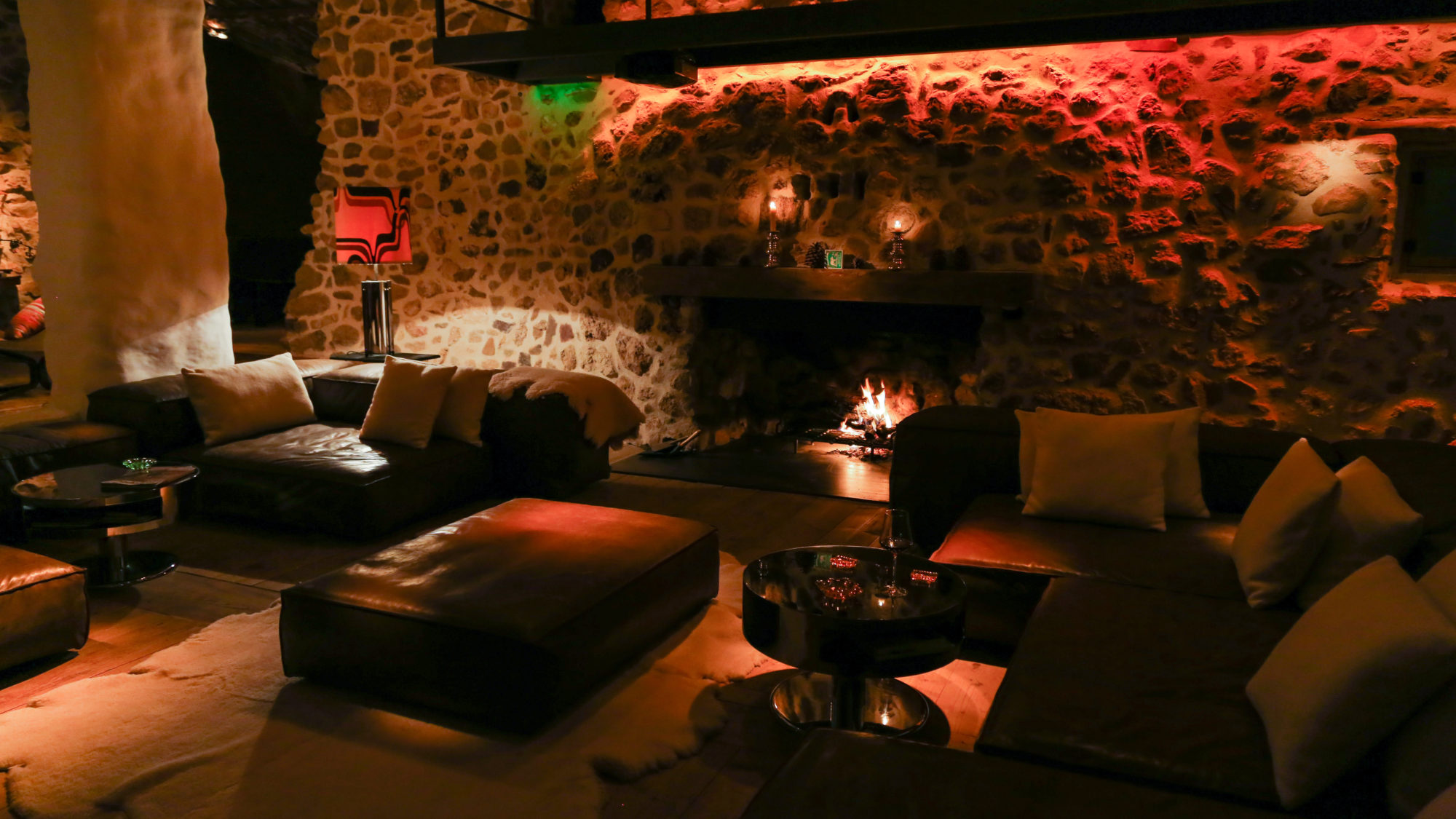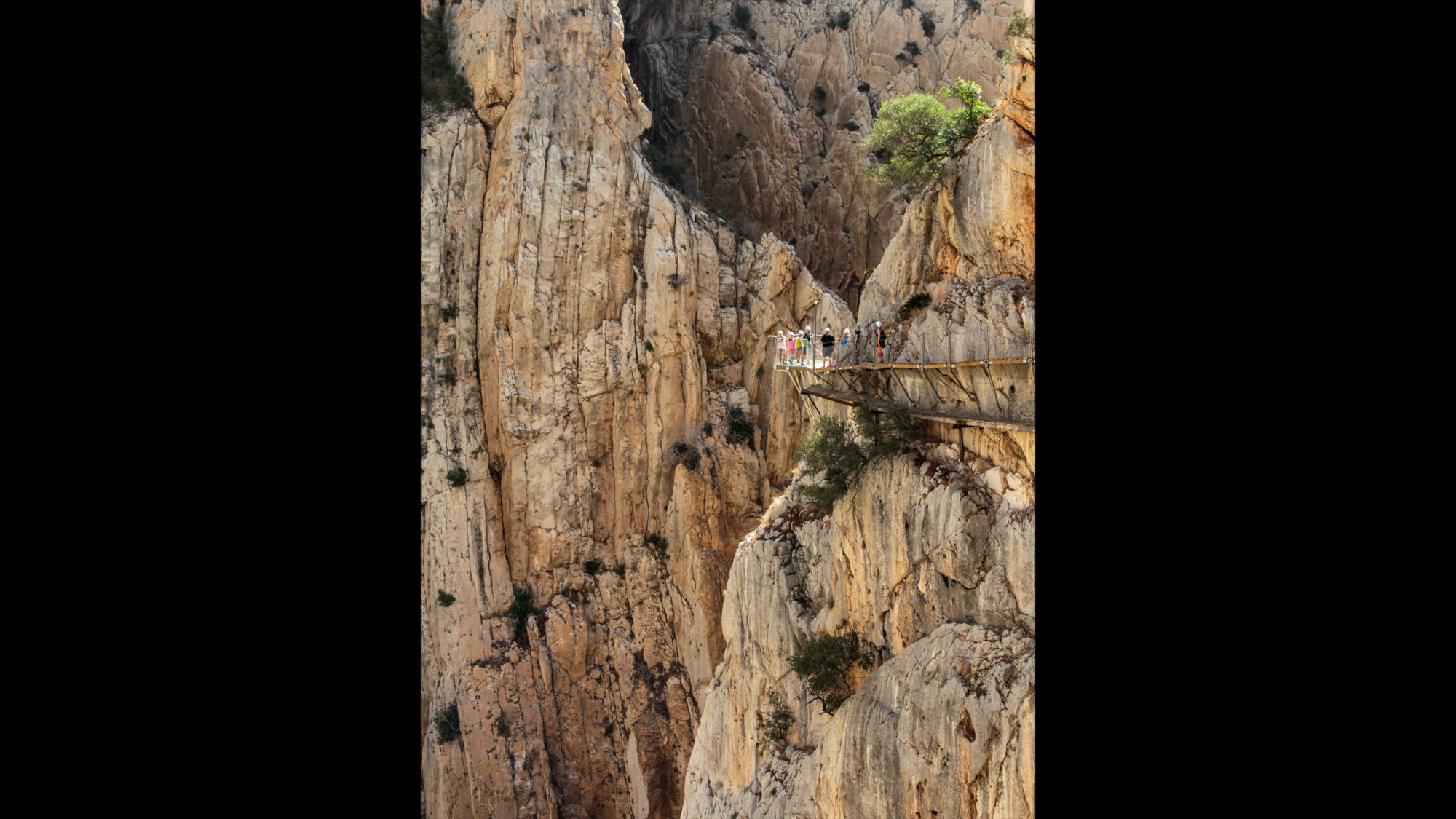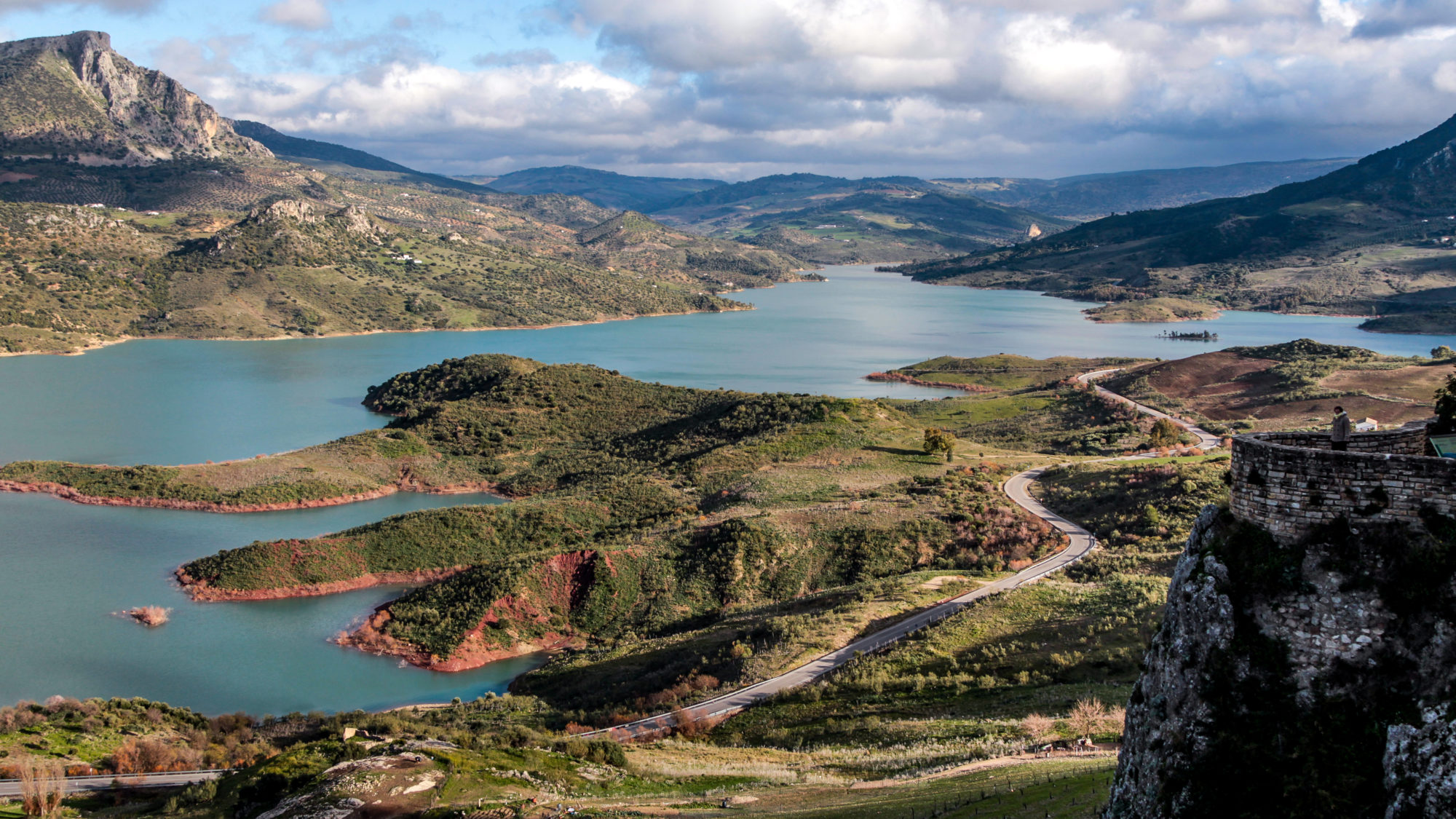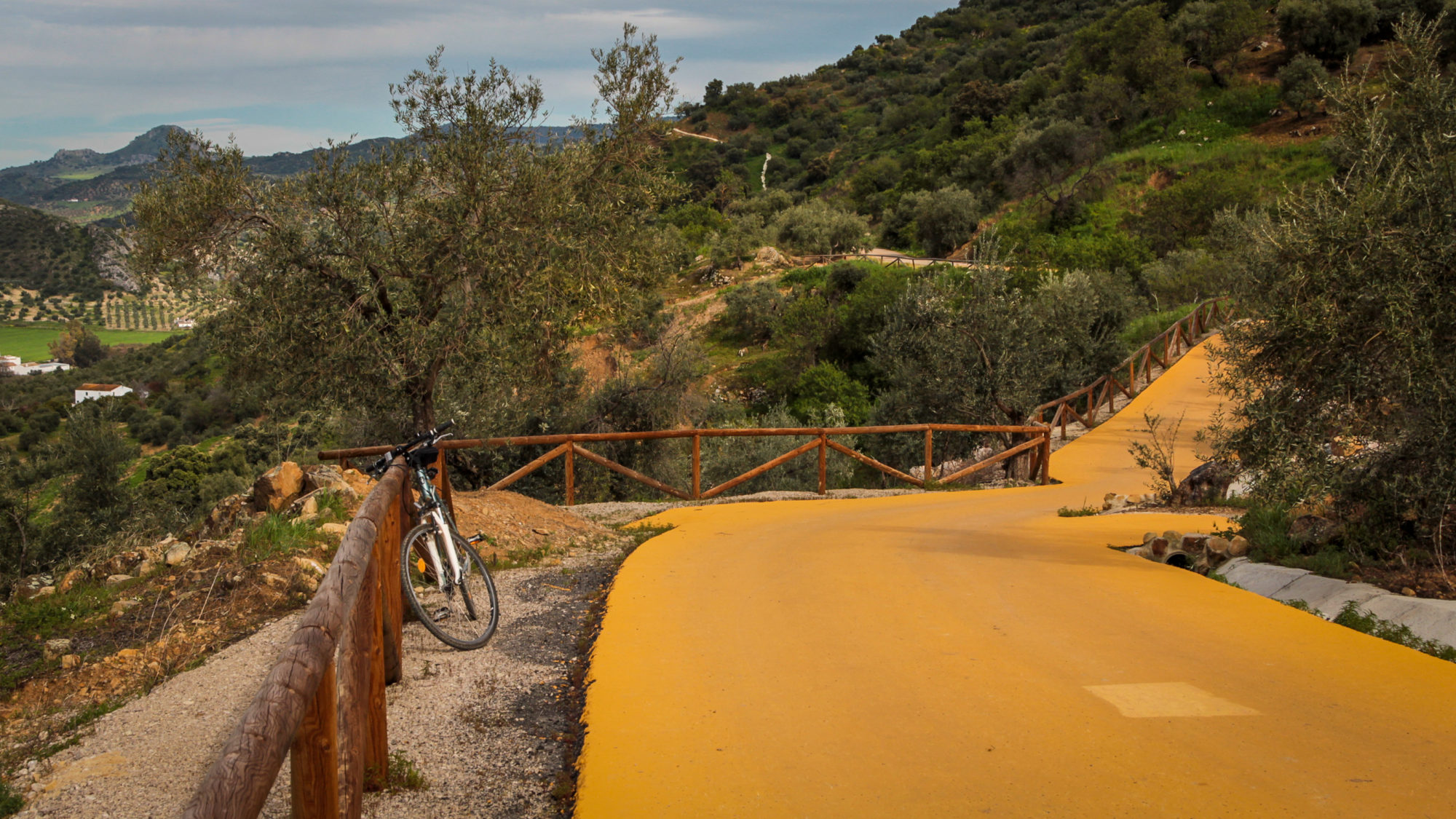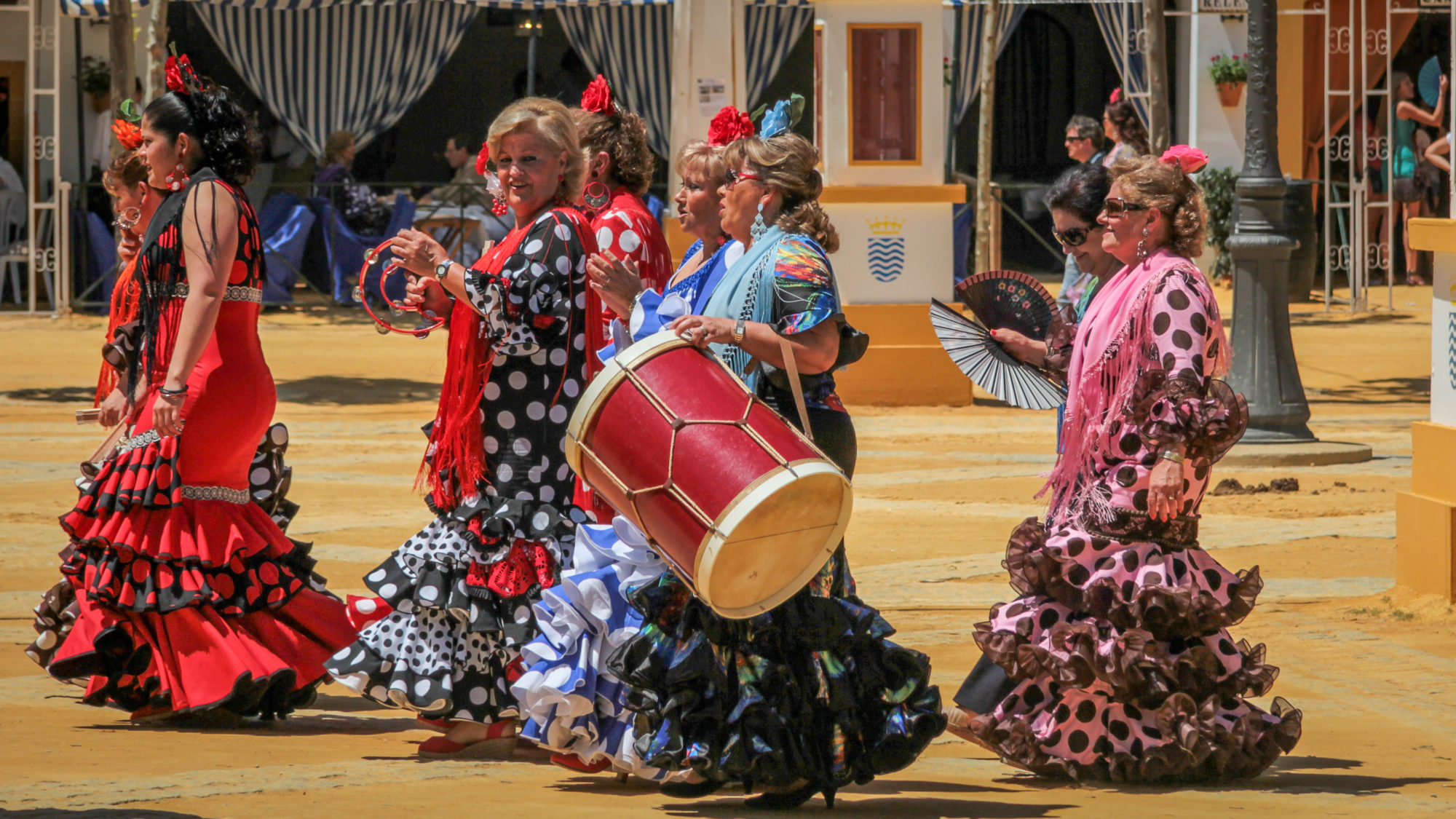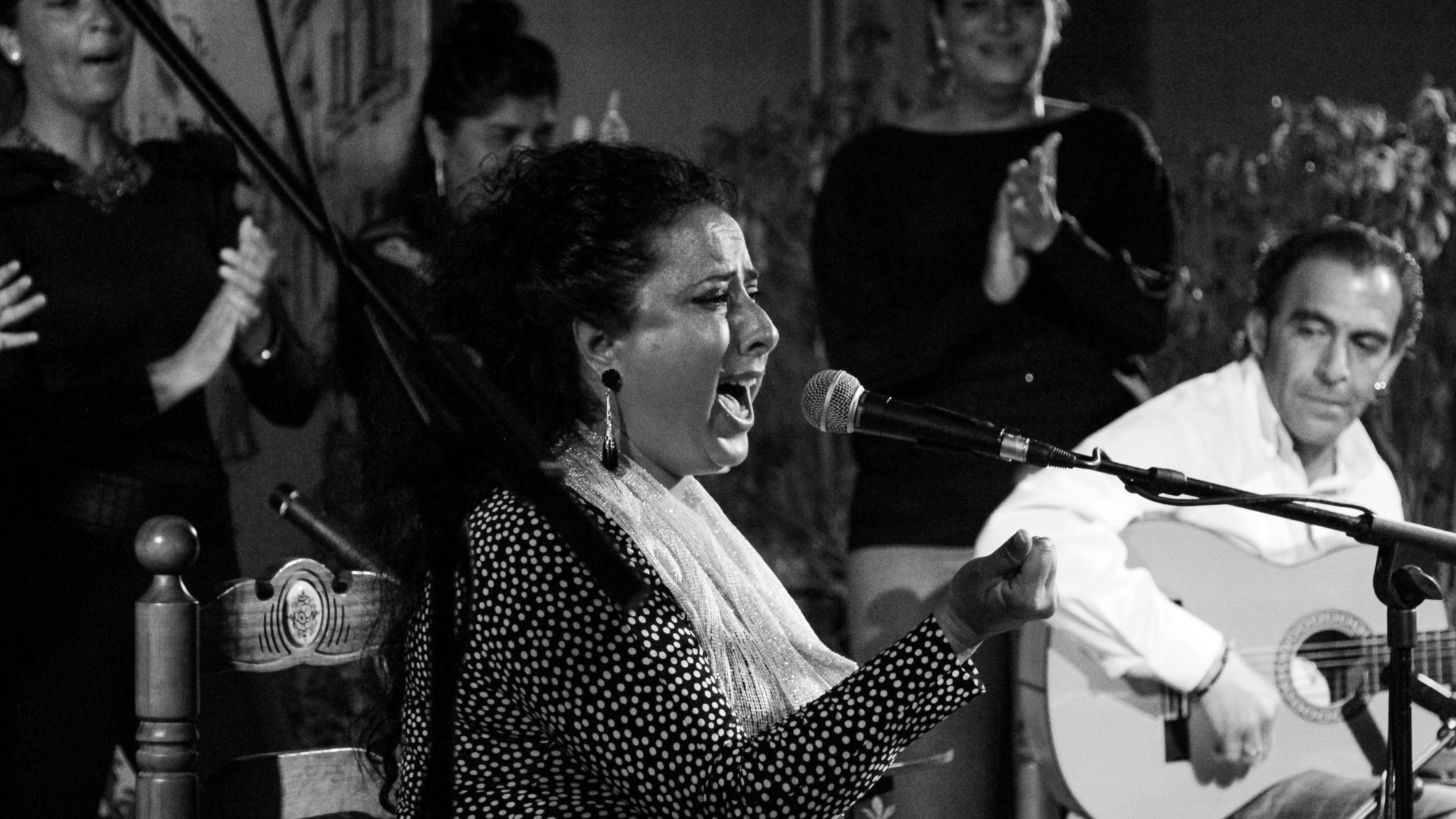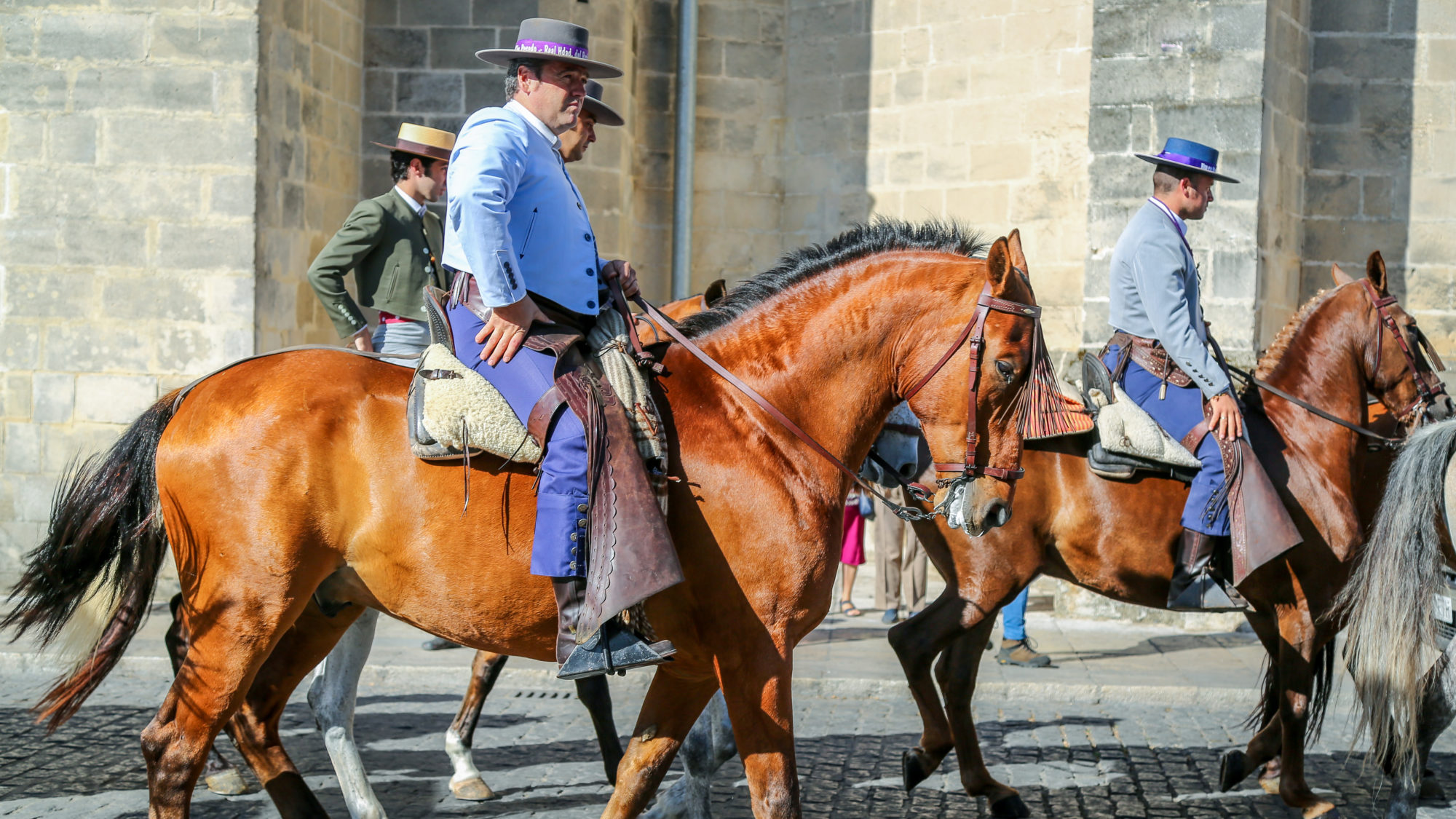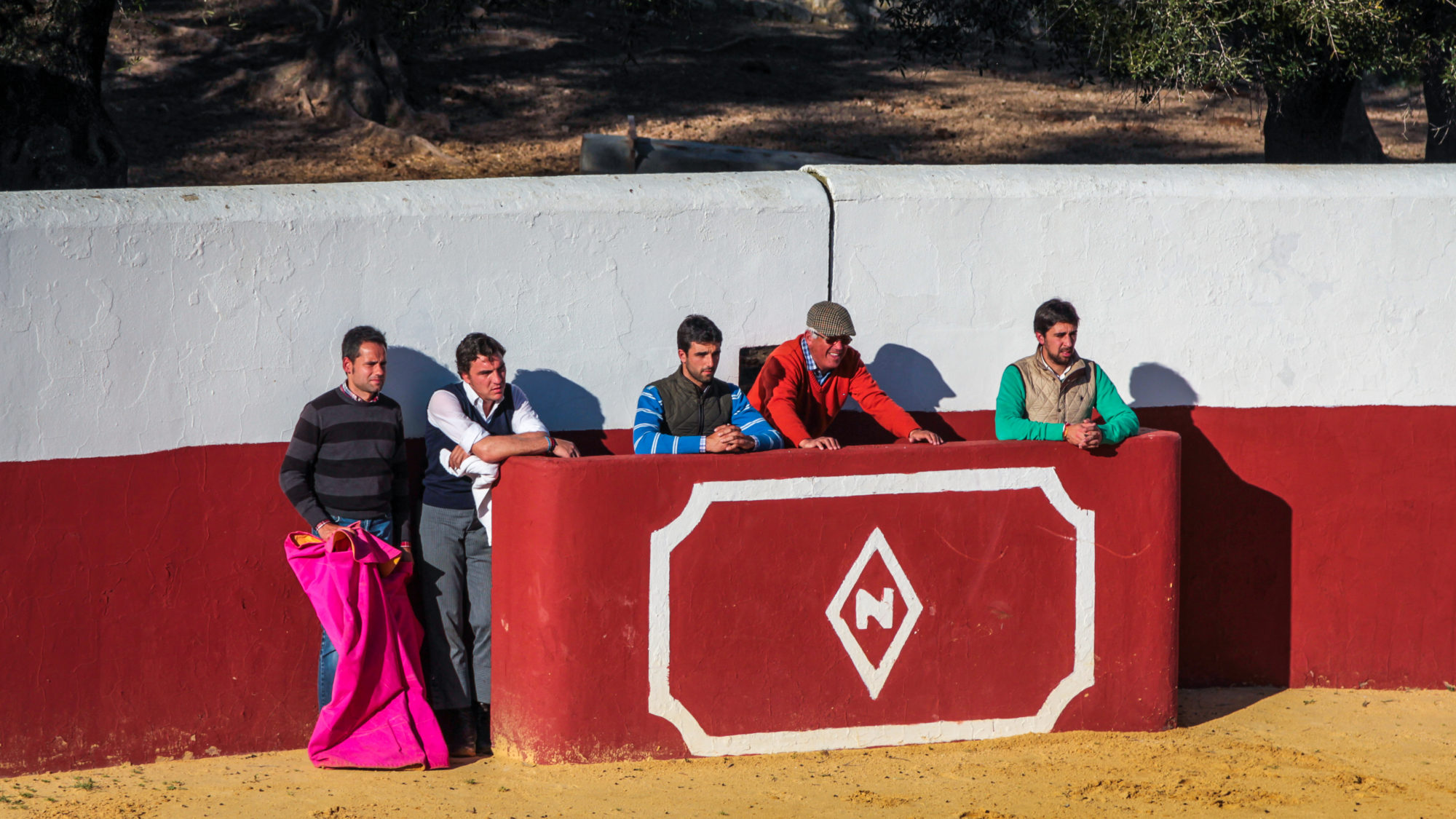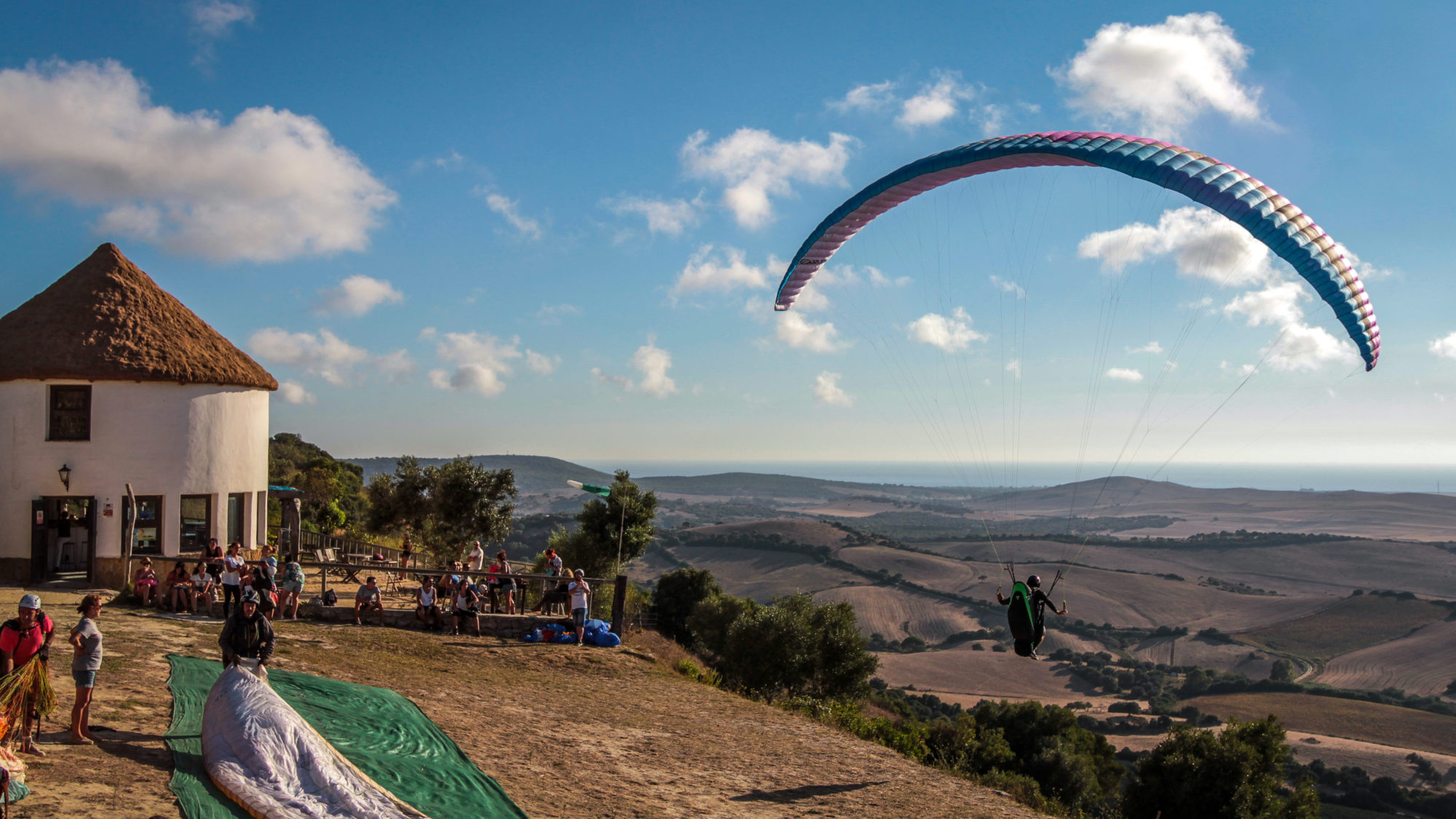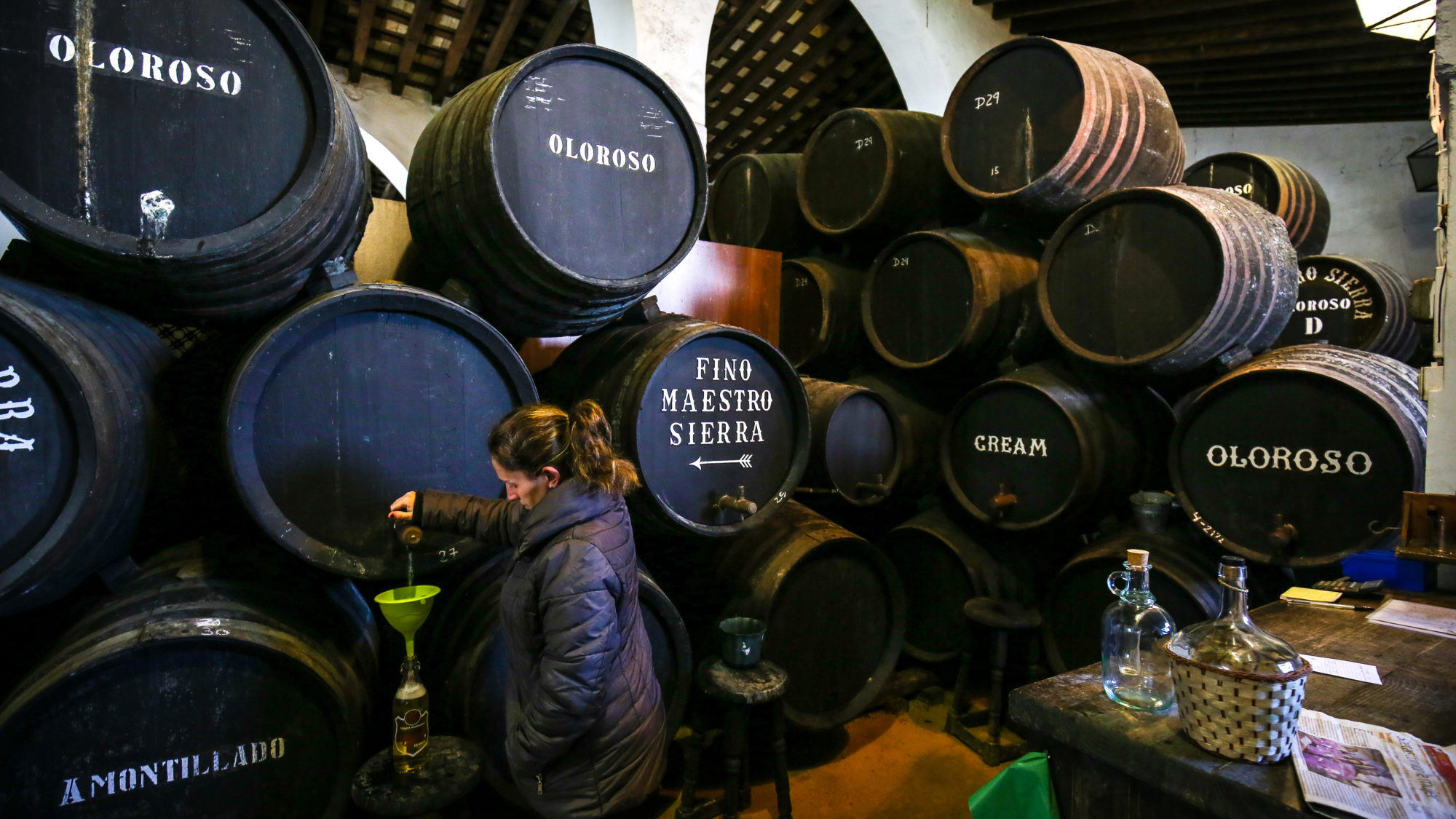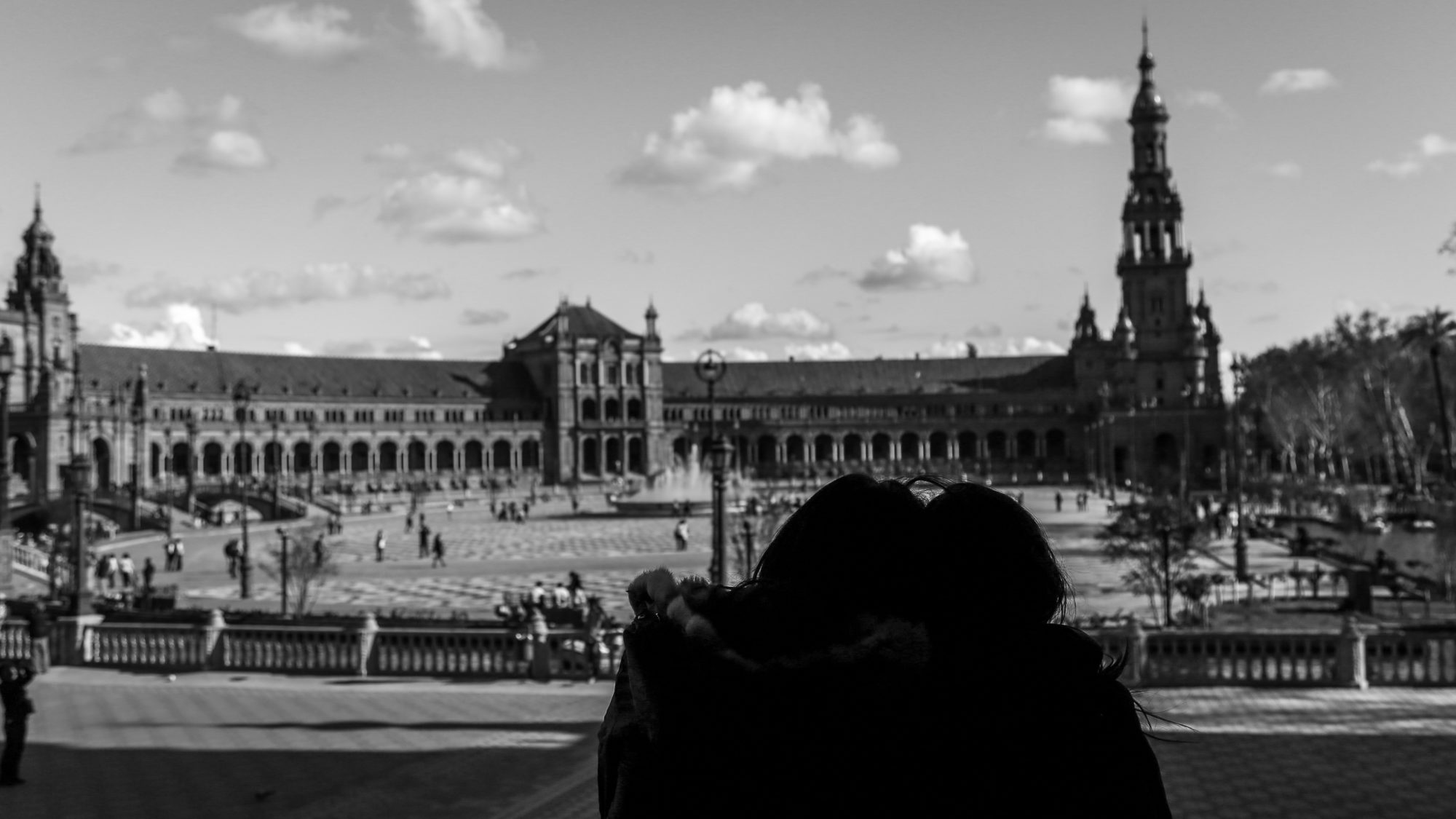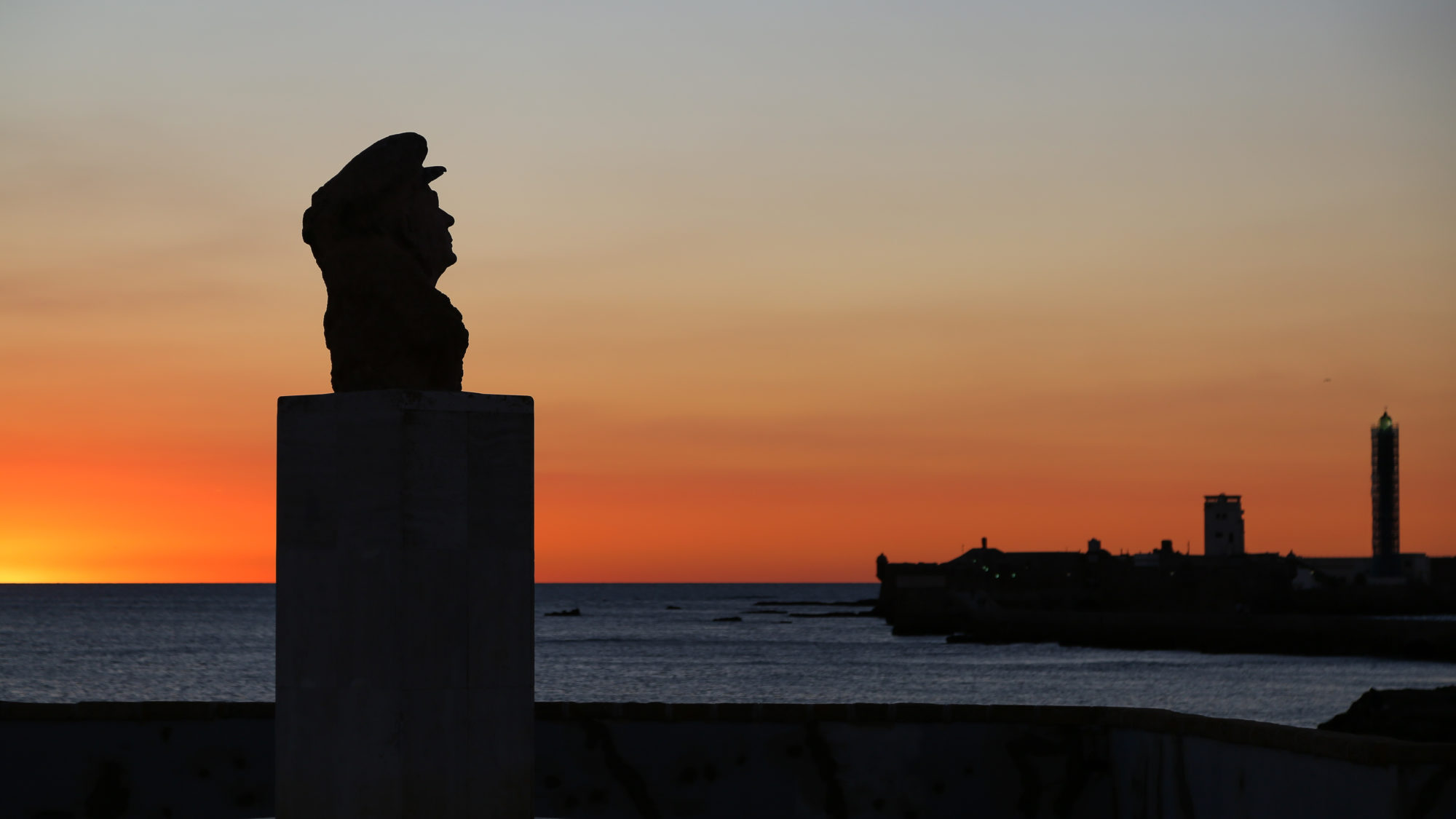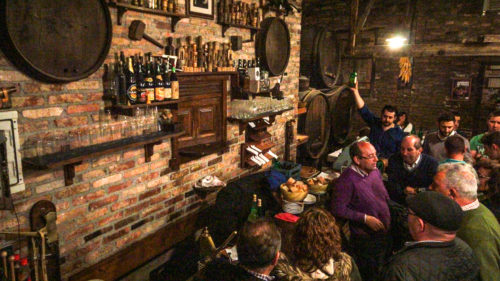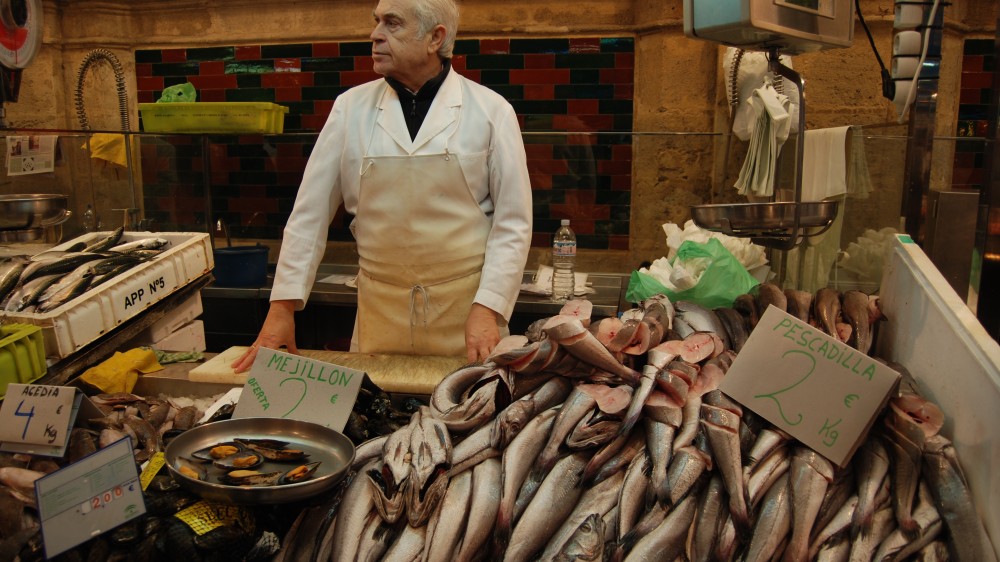Get Back – 15 ways my heart aches for Andalucia
Something’s afoot in Andalucía, Spain’s deep south. First it started with the discovery of an Almohad-era Muslim Hammam in one of Sevilla’s most iconic tapas bars. Then, just last week in the nearby town of Utrera, reports came in that archeologists had unearthed one of the largest and best preserved medieval Jewish synagogues in the Iberian Peninsula, also most recently used as, you guessed it, a bar. We have the pandemic in part to thank: with most bars and restaurants having undergone long periods of closure due to Covid lockdowns, owners took opportunities not normally available to them in Spain’s normally year-round busy season to renovate and reform. What a powerful reminder of the unforeseen consequences that can arise from tearing down a wall.
I read these developments with knowing pride and particular longing, from my perch in close-but-so-far-away Rabat, Morocco. And I’m struck by a couple of things: first how evident Andalucia’s multi-faith history is. Andalucia, the place where you go to do some simple refurb and discover an ancient Muslim bath house in your kitchen.
The other thing that struck was the blow of a “lost year” without any piece of Andalucia in my life. We are marking many momentous occasions in this Year of Pandemic. February 6 is a personal marker for me, the last day my feet were planted on Andalusian soil. Andalucía has been my home now for over two two decades, but circumstances have made traveling back right now either unwise or unfeasible.
As I write this, today also marks another anniversary. February 28 is el Día de Andalucía, the day Andalucía was officially recognized as an Autonomous Community, part of the 17 decentralized states that make up the modern Kingdom of Spain.
“A man is not from where he was born, but from where he chooses to die” said Orson Welles, and in that spirit, I am guilty of total pride and patriotism for my adopted land. A short ferry ride from Tangier is all that separates me from memories gathered (and memories yet to make). So on this day of Andalucia, and this period of what I’ve overheard called “The Great Gratification Delay”, it seemed like a good time to indulge in some reminiscing while putting together my wish list of plans once I’ve planted my feet on terra firma andaluza:
- Sit on a desolate beach in Almeria. The desert landscapes and largely construction-free coast of Cabo de Gata National Park are in my mind Spain’s most precious beaches and I know exactly where I plan on plonking down my towel.
- Walk through Granada’s Albaycin quarter, and go for a nighttime visit of the Alhambra. This is visually one of Andalucia’s most striking activities, and relatively few people opt to visit at night.
- Visit a flowered patio in Cordoba’s Jewish quarter, then visit its famed Mosque-Cathedral. Cordoba probably best synthesizes the beauty and aesthetics of its Muslim and Jewish past.
- Go for lunch with an amazing view in a white village in Malaga. It’s difficult to find the perfect restaurant with amazing views and amazing food, but beggars can’t be choosers these days and when it comes down to it, the views will win.
- Cozy up by a roaring fire at my favourite Andalusian eco-lodge.
- Go on a “safe” high-wire walk through the Malaga Gorges.
- Ride the Via Verde in the Cádiz mountains- it’s my favourite cycling route and, outside the weekends, always deserted.
- Spend a day strolling through a Feria. I struggle to think of where celebrations are more vivacious, or colourful, than in one of Andalucia’s famed Bacchanalia of food, music, and dancing, usually taking place in Spring or Summer. With the pandemic likely to be with us a while longer I doubt any ferias will take place this year, but one can still hope for 2022.
- Hear live flamenco in a peña – or a bar, or out on the street. This desire perhaps pulls at my heart-strings more than any other. As an amateur guitarist and lover of this art form, flamenco is what brought me many years ago to Spain (and specifically, Jerez), and I can’t wait for live performances to safely come back. Artists have had it particularly tough regardless of the genre. But while some Flamencos have managed to get by on Zoom, virtual will never replace live. Ever.
- Ride a horse to El Rocio in Huelva, Andalucia’s famed religious pilgrimage which is anything but somber. Refer to the “feria” above and add a heavy dose of Catholicism and you’ve got El Rocio. I’ve always wanted to visit, and to make the journey I’ll do it the way it has traditionally been done for hundreds of years, on horseback.
- Paraglide off a hill in Vejer de la Frontera. Since this list is partial nostalgia for things I want to get back to, I also want to try things I’ve not done before.
- Hang-out on a bull ranch. Watching the Toro Ibérico in its native environment is something I find fascinating, more so perhaps than watching a controversial bullfight. If you can be in the countryside in mid-Spring when Andalucia’s colourful palette of wildflowers are in bloom, it’s a bonus.
- Hit a sherry bodega in Jerez to fill up some bottles to-go. Sherry’s experiencing more international renown these days but I love the fact that most location consumption is sold from the barrel and by volume, just like the good ol’ days.
- Gaze on what I’ll argue is Spain’s most beautiful square, the Plaza de España in Sevilla.
- Watch the sun set from the La Caleta beach over the Atlantic in Cádiz.
We can all feel Spring around the corner, and anticipation building up. While Sebastian’s racking up Andalucia wish-list items he’s also already chatting with folks about travel to Spain post-pandemic. Get in touch to get the conversation going.
